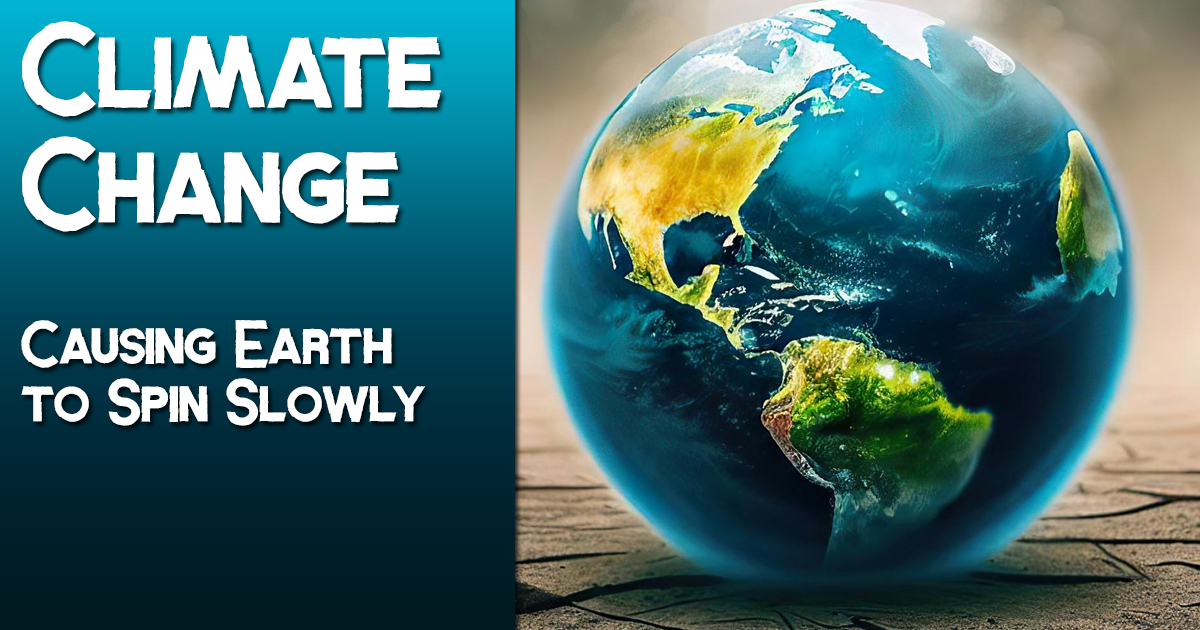
Context
The melting of polar ice caps due to climate change is causing the Earth to spin more slowly, resulting in longer days at an unprecedented rate.
- Polar Shifts: A 2021 study found that melting glaciers worldwide have redistributed enough water to cause the North and South Poles to move eastward since the mid-1990s.
- Lengthening Days: From 1900 to the present, climate change has extended days by about 0.8 milliseconds.
- Future Projections: Under a high emissions scenario, climate change alone could extend days by 2.2 milliseconds by 2100.
- Moon’s Influence: Currently, the Moon’s gravitational pull causes a deceleration of 2.40 milliseconds per century through tidal friction.
Impact of Slowing Down Earth’s Rotation Speed
- Navigation Systems: The accuracy of navigation systems and calculations for satellite launches could be affected.
- Temperature Variations: Longer days and nights mean the Earth’s surface will heat up more during daylight hours and cool down more during the night.
- Extreme Weather: Slower rotation would disrupt the distribution of heat and energy around the planet, potentially leading to more intense storms, heatwaves, and other extreme weather phenomena.
Factors Affecting Earth’s Rotational Speed
- Tidal Pull of the Moon: The Moon’s gravitational influence slows Earth’s rotation through tidal friction.
- Planetary Formation: The rapidity of a planet’s initial formation impacts its rotational speed, with a faster collapse conserving more angular momentum.
- Meteorite Impacts: Large impacts can alter rotational speed.
- Movements in the Inner Molten Core: Seismic activity and movements in the Earth’s core can influence rotational speed.
- Atmospheric Conditions: Wind speed and shifting atmospheric gases can cause variations.
- Glacial Melt: The melting of glaciers and polar ice caps redistributes mass, impacting rotational speed.




